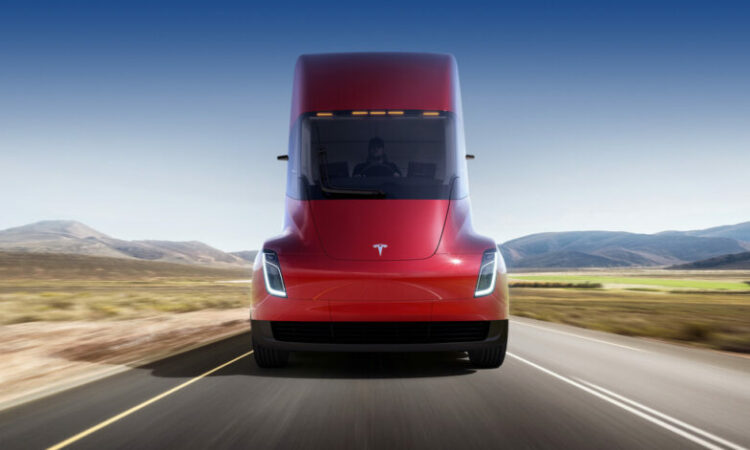The bid to completely decarbonize medium and heavy-duty vehicles between 2040 and 2050 reflects concern that the recent boom in e-commerce and resulting transport sector growth are putting the Paris Climate Accord goals out of reach
Canada today joined Chile, Germany, Netherlands, Norway, Sweden, Greece and Austria in issuing a call to the world’s leading nations to jointly pursue a global agreement to accelerate the manufacturing and adoption of zero-emission medium and heavy-duty vehicles (ZE-MHDV).
Growing that sector is crucial, these countries say, if the world hopes to meet its collective Paris Agreement climate goals.
The eight nations, in partnership with the American non-profit CALSTART’s Drive to Zero campaign, issued the call for a global Memorandum of Understanding (MoU) to reach 100 per cent ZE-MHDV sales between 2040 and 2050 on the opening day of the 12th Clean Energy Ministerial (CEM12) in Chile. Their goal is to see a large number of countries sign the MoU at the United Nations Climate Change conference (COP26) in Glasgow this November.
The Netherlands and CALSTART’s Drive to Zero are leading the effort and plan to convene bilateral talks with all interested nations this year.
“Zero-emission freight is a crucial step in a cost-efficient pathway to achieving our climate goals,” said Stientje van Veldhoven, Dutch minister for the environment and chair of the Transport Decarbonisation Alliance
A recent boom in e-commerce has added urgency to this issue, the parties say, as it has resulted in accelerated transport sector growth.
“Trucks account for only two percent of the vehicles on the road. Yet they are responsible for 22 percent of the road transport CO2 emissions in the EU,” said van Veldhoven. “If you take into account the lifetime of trucks, you just need to stop adding new fossil fuel vehicles around 2040 if you want to be carbon neutral in 2050.”
Policy, incentives key to accelerate ZEVs
In conjunction with the 100 per cent sales target, participating nations will look at adopting complementary policies, incentives and investments to accelerate ZE-MHDV adoption. Signatory nations are considering setting an interim sales goal for 2030 in order to encourage short-term action that would send a clear market signal to manufacturers.
The global agreement is modeled upon the Multi-State Medium and Heavy-Duty Zero-Emission Vehicle Memorandum of Understanding [PDF], an agreement made last year by 15 U.S. states and the District of Columbia to reach 100 per cent ZE-MHDV sales by 2050. Among the signatory states was California, where all new commercial trucks and vans sold must be zero-emission by 2045.
“Dirty diesel trucks pollute our most vulnerable neighbourhoods causing asthma and contributing to the climate emergency. That’s why it’s urgent that we commit to moving towards available zero-emissions trucks, buses and freight alternatives on a very accelerated timeline,” said Jared Blumenfeld, California’s Secretary for Environmental Protection, at today’s announcement.
“California is eager for partnerships with other states and nations to accomplish this goal. Only by coming together globally can we put toxic diesel exhaust and truck-borne climate emissions in our rearview mirror.”
Sweden’s State Secretary and Ministry of Infrastructure, Sebastian de Toro, echoed a similar pledge for his country in the CALSTART/Netherlands MoU announcement, saying, “By 2045 greenhouse gas emissions in Sweden from several sectors including transport need to be zero.”
He added, “The Swedish government will invest around 100 million euros on the establishment of fast charge infrastructure for regional freight. The transition has begun, but we need to raise the ambition for light and heavy vehicles.”


